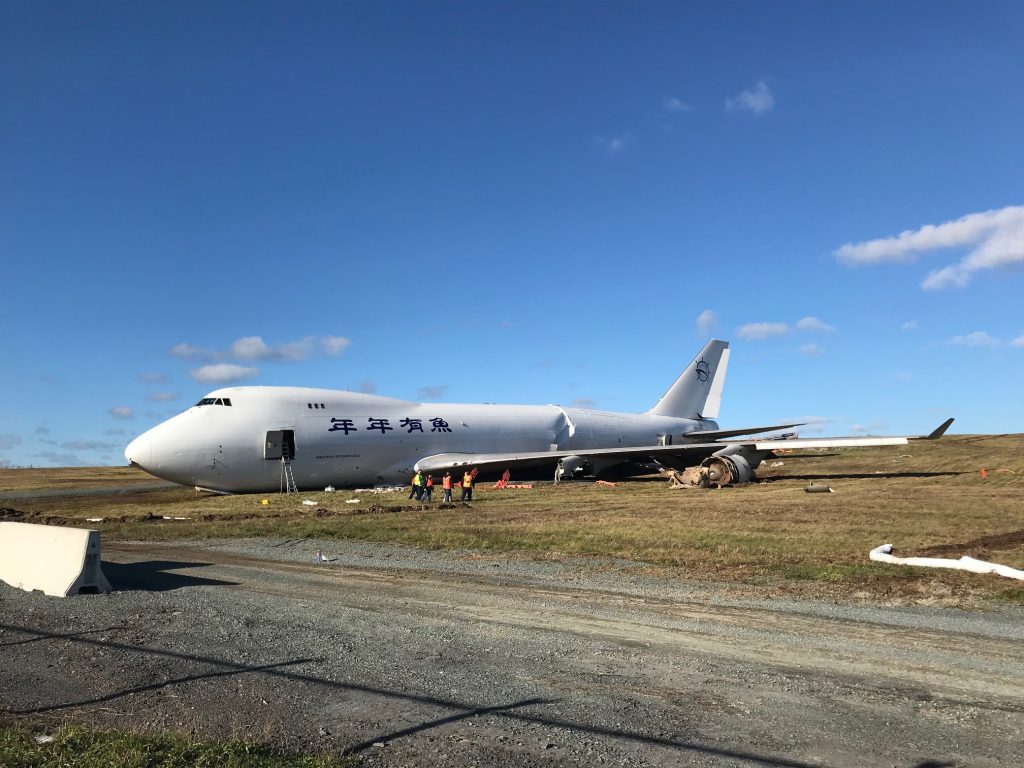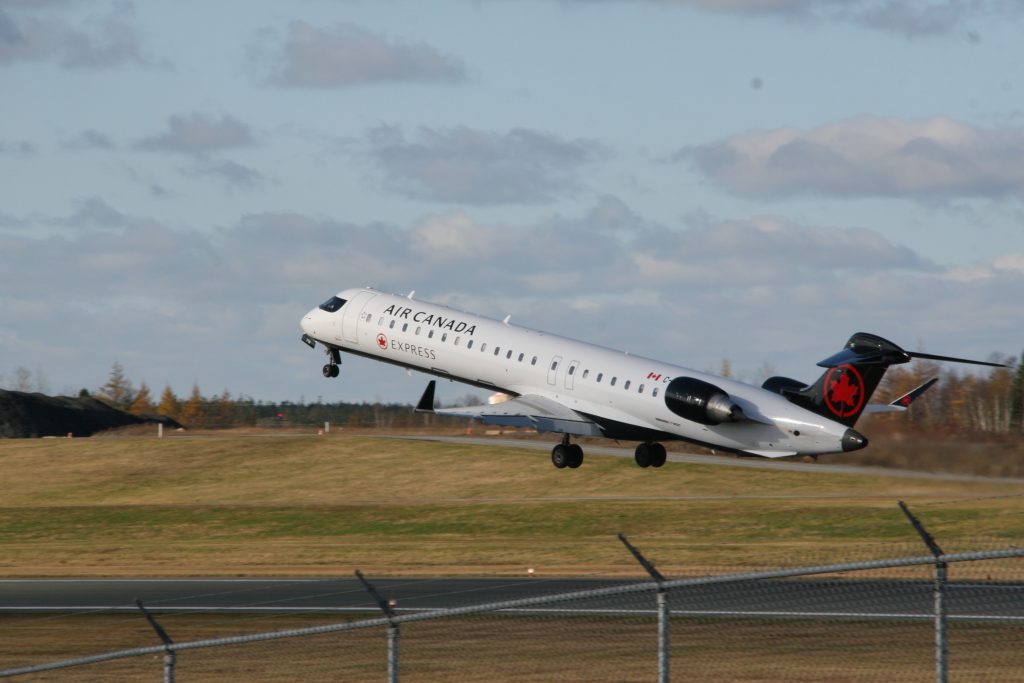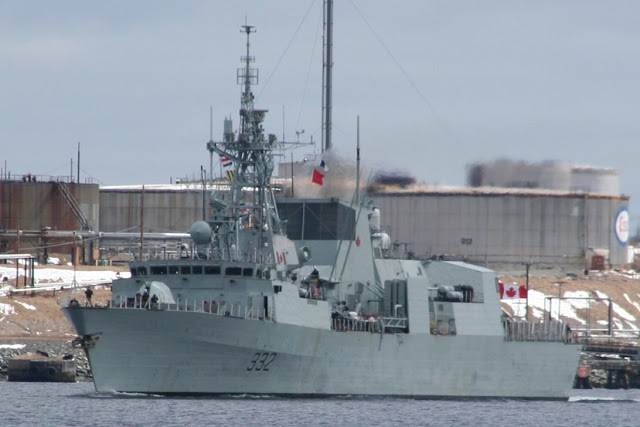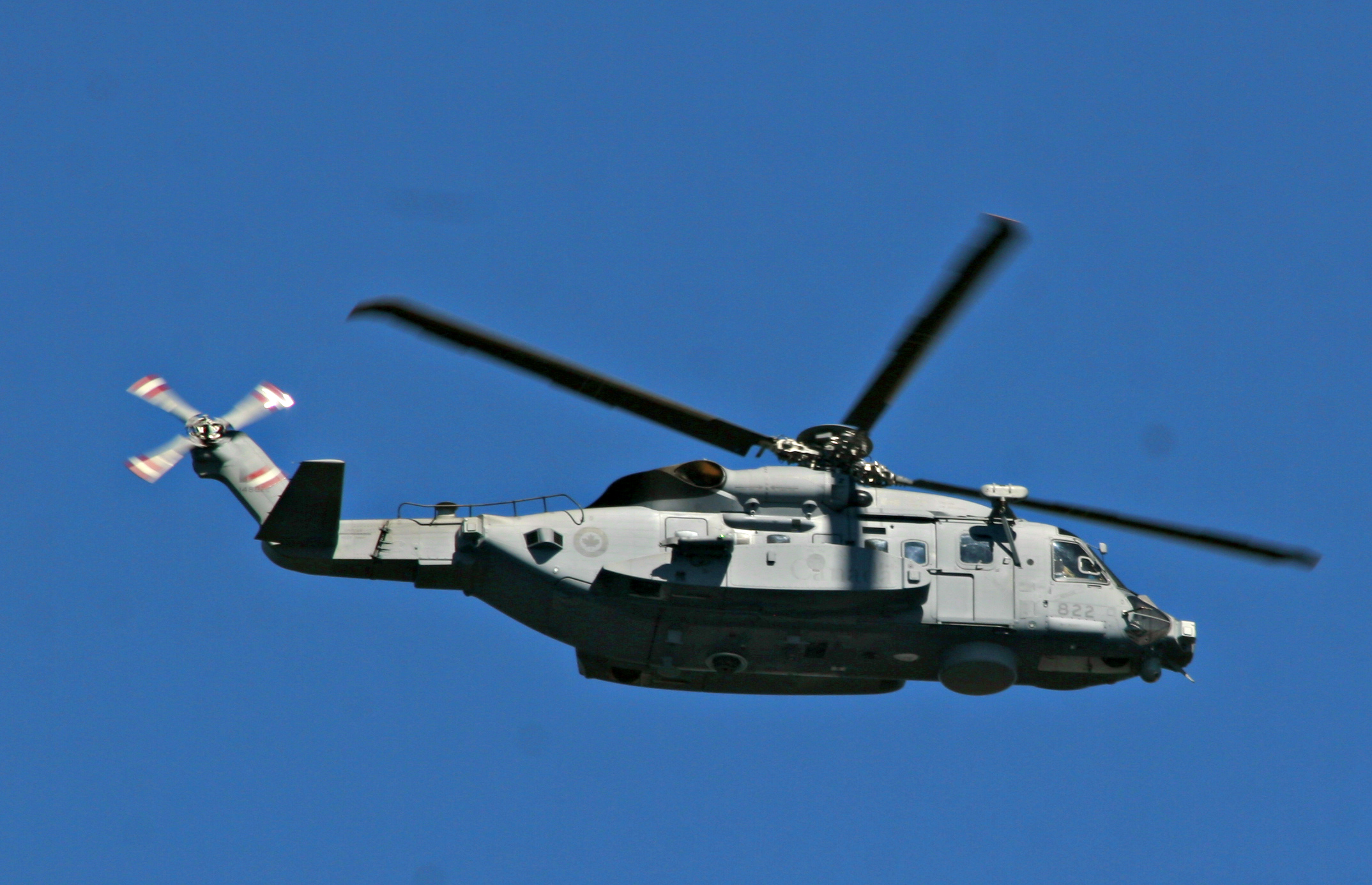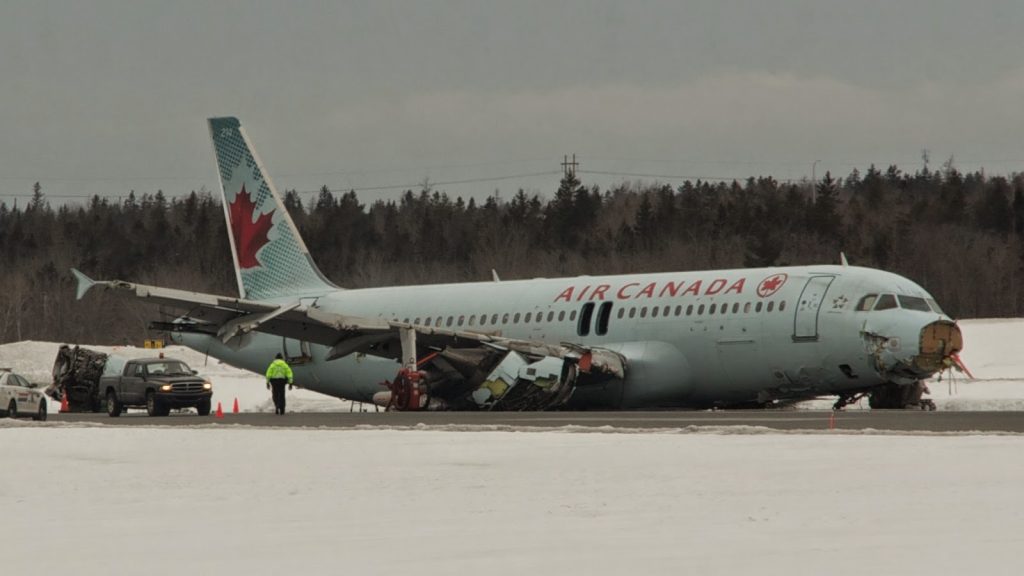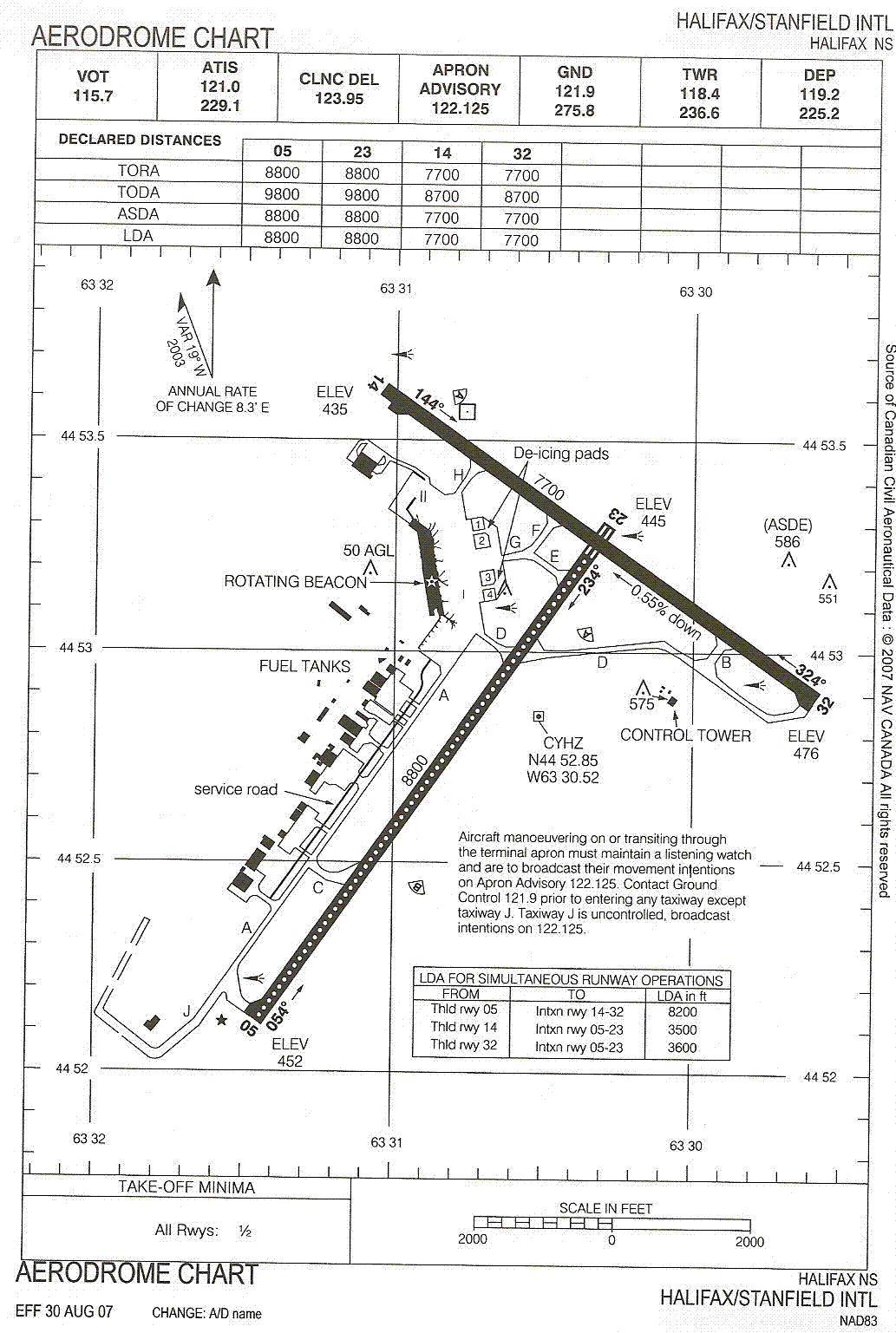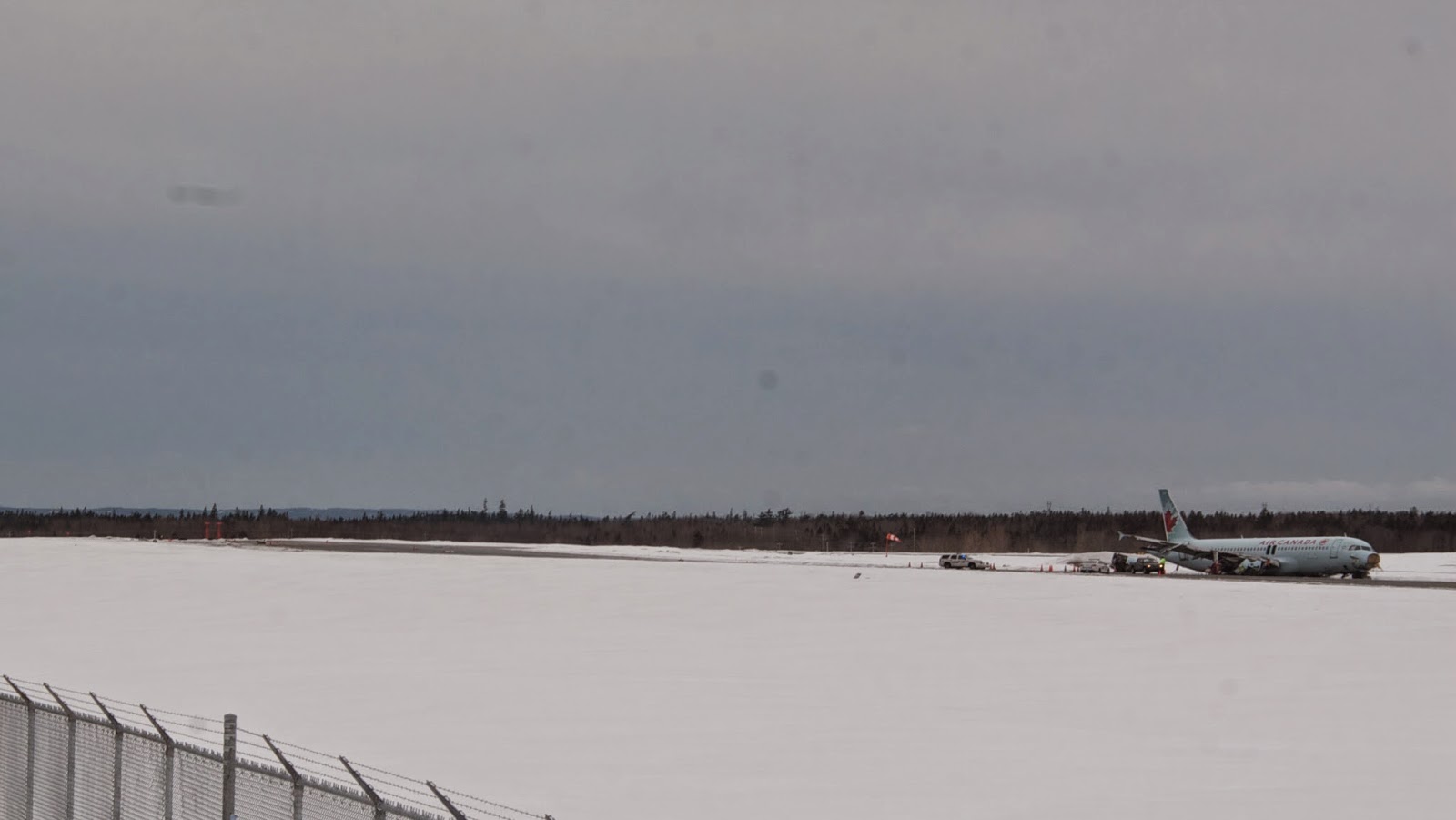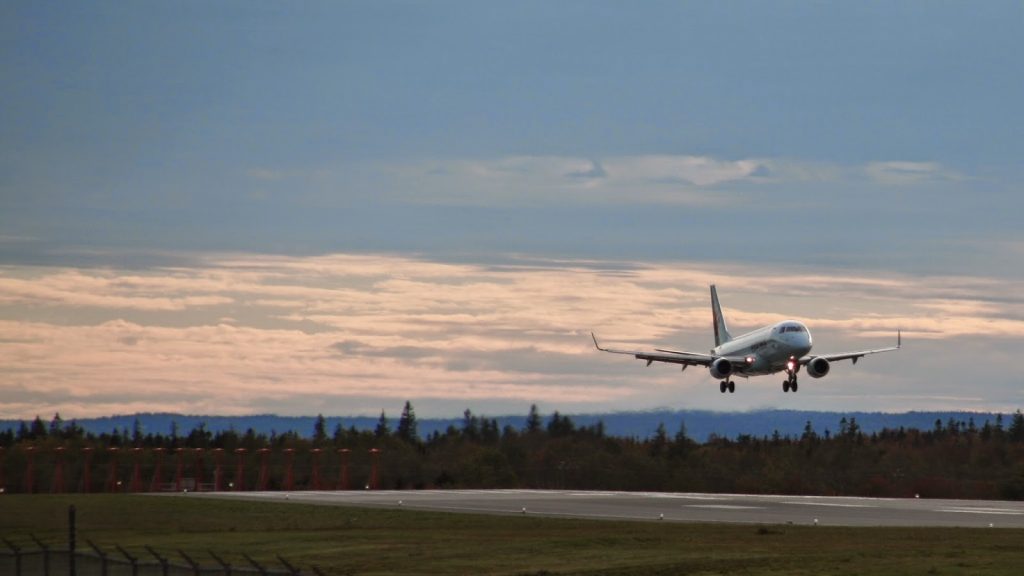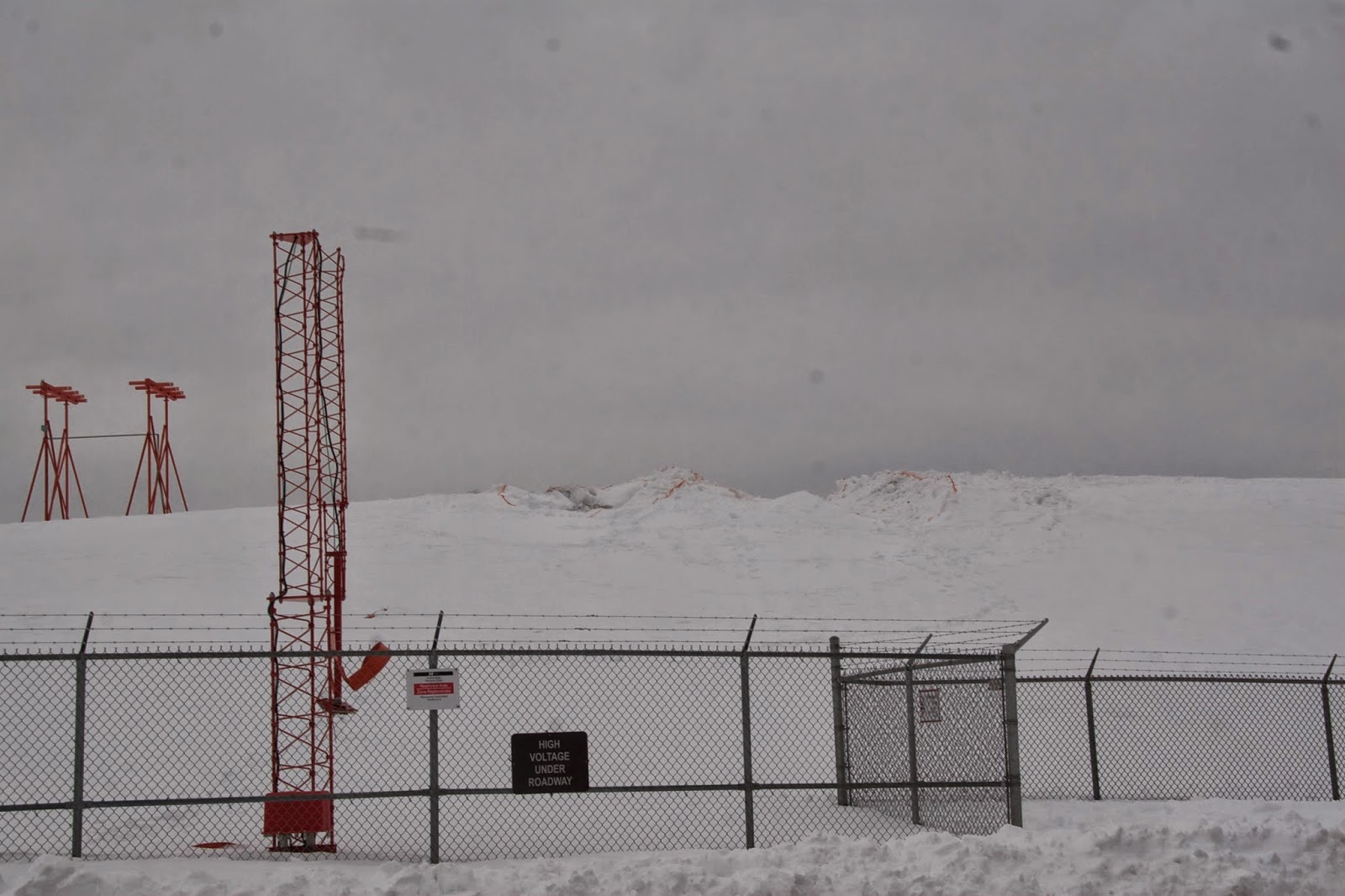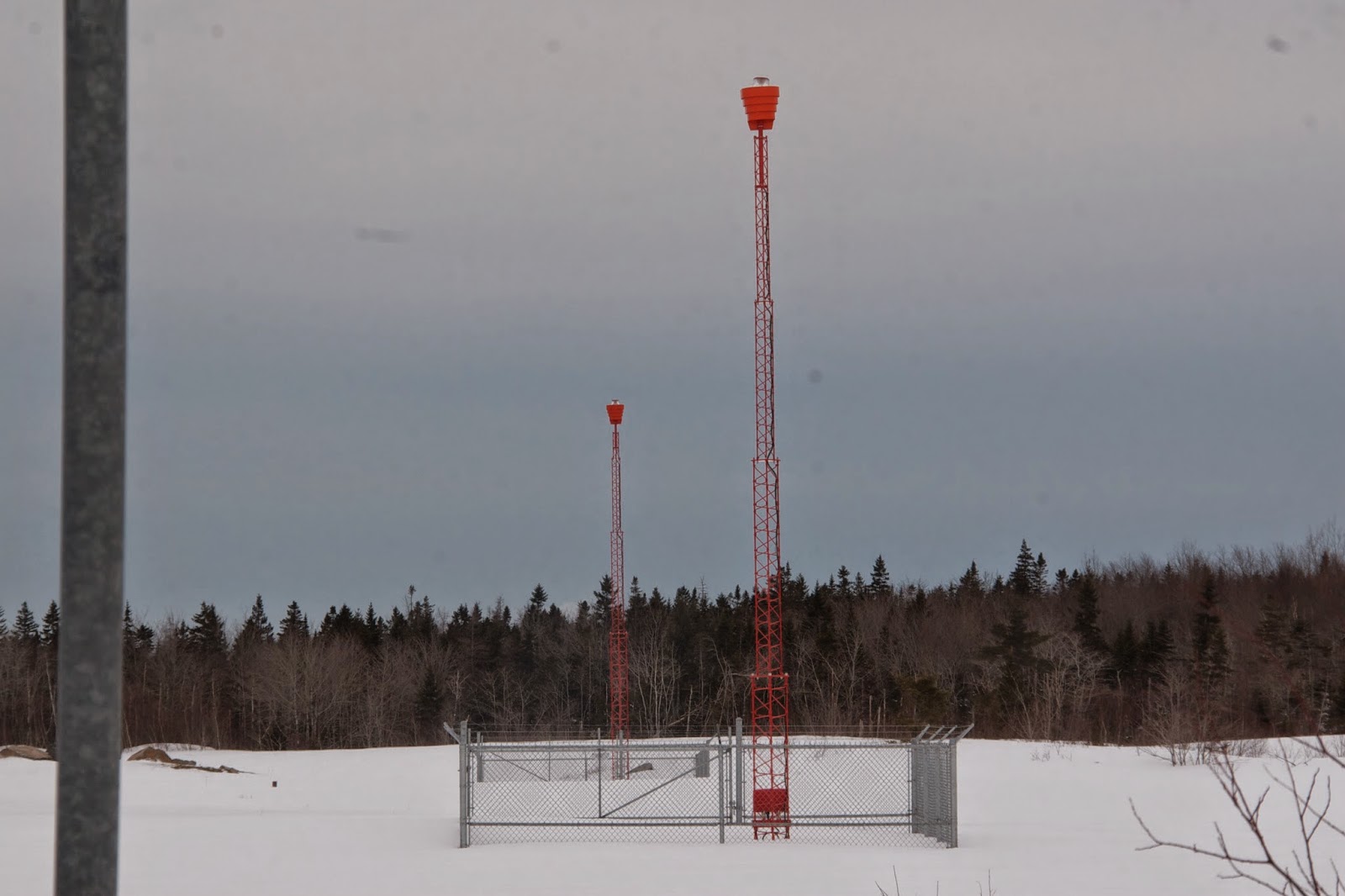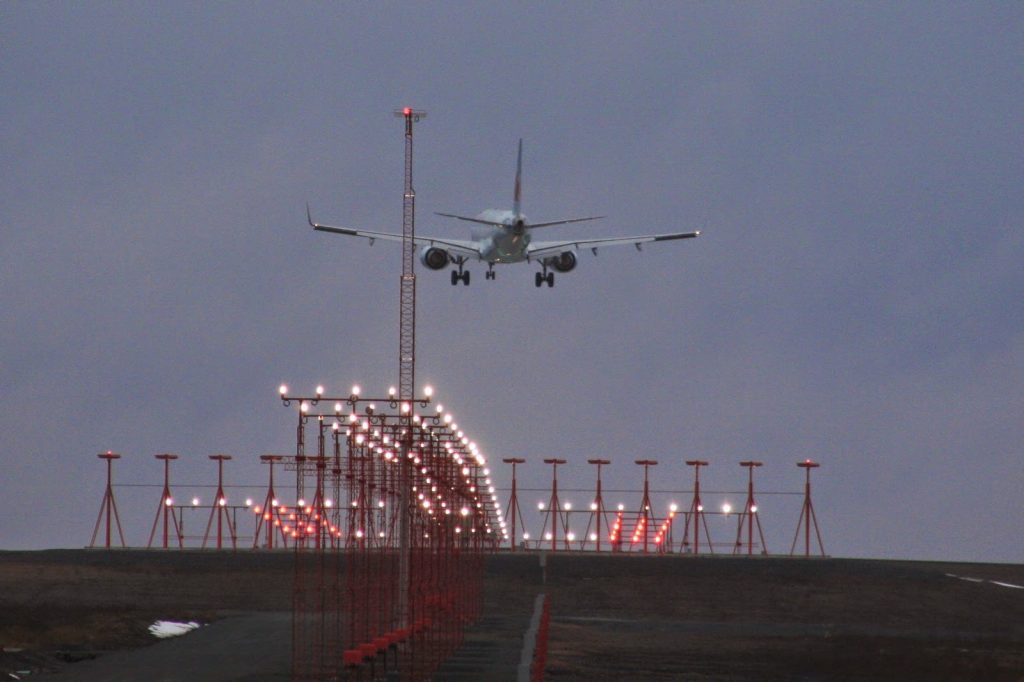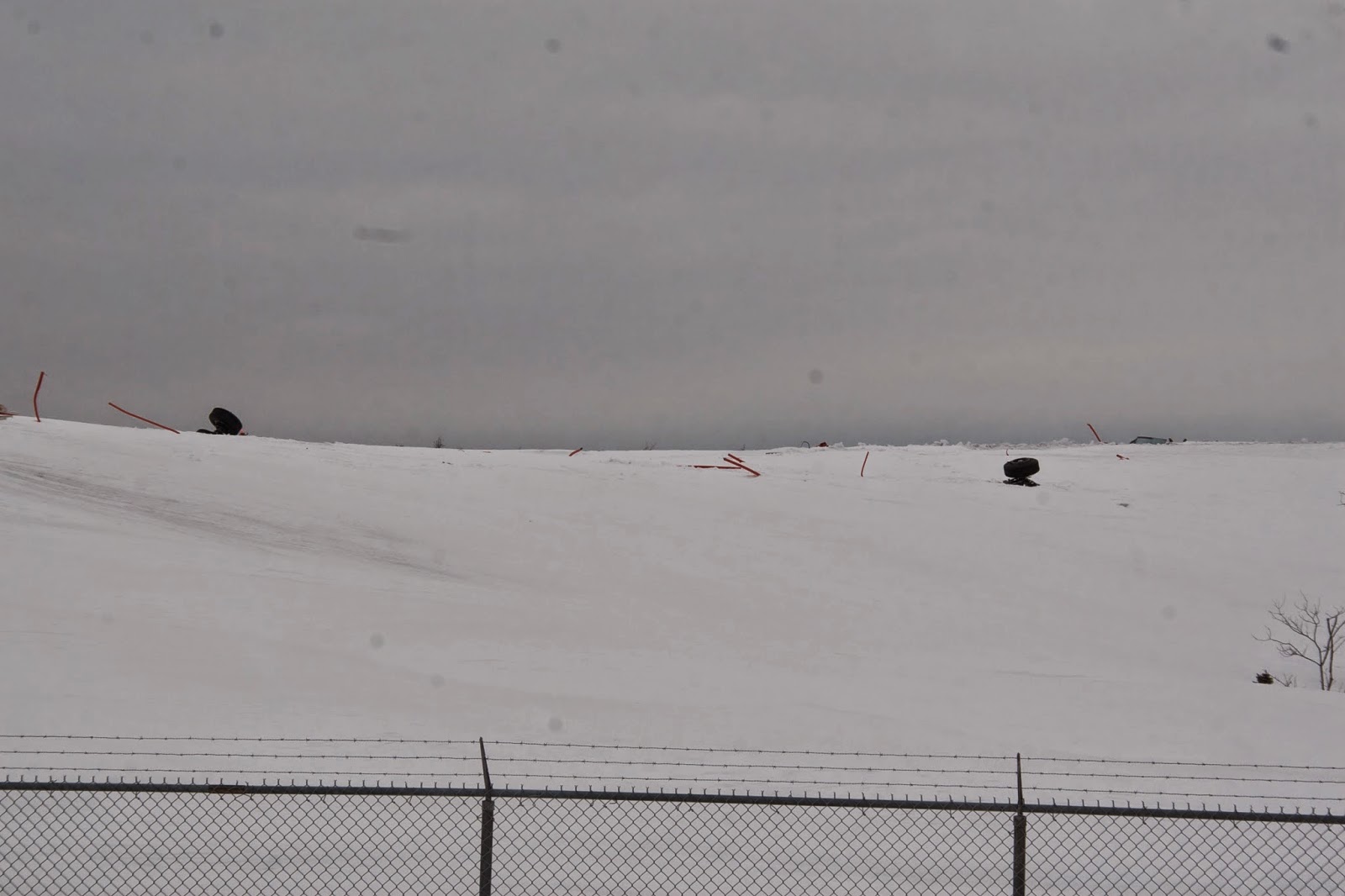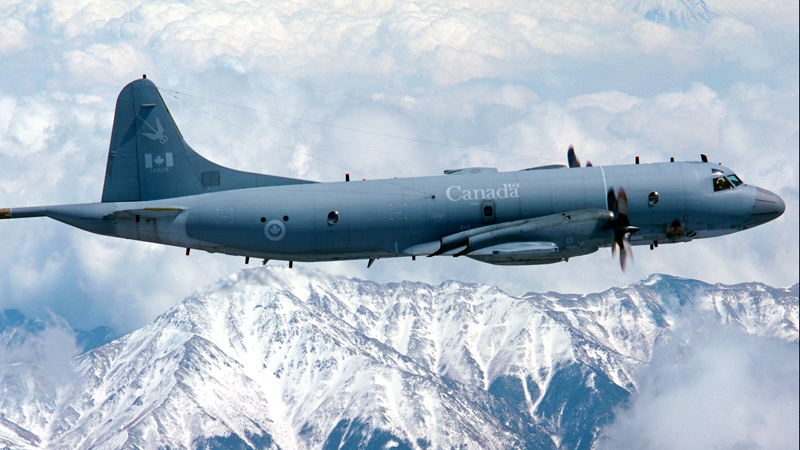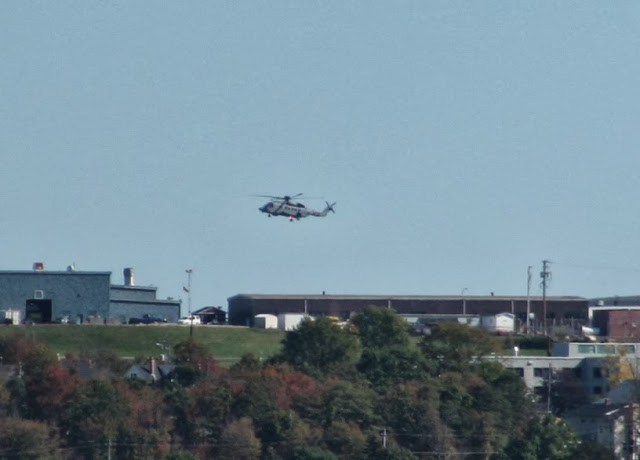Canada is expanding its fleet of upgraded Royal Canadian Air Force CP-140 Aurora long-range patrol aircraft. Through an existing modernization and life-extension program, four
additional Aurora aircraft will gain new and enhanced capabilities and
extended service lives. This will expand Canada’s current upgraded fleet
to a total of 14 Auroras.
Defence Minister Rob Nicholson, accompanied by the Regional Minister
for Nova Scotia and Minister of Justice and Attorney General of Canada,
Peter MacKay, made the announcement at 14 Wing Greenwood, Nova Scotia,yesterday .14 Wing and 19 Wing Comox, British Columbia, are the home bases for Canada’s Aurora fleet.
The Aurora program is a Canadian innovation success story, with
Canadian industry delivering a world class capability. With new wings
and tail, the Auroras will be restored to a “like new” configuration in
terms of the critical structural components, extending the structural
life to 2030. At that time, Canada will be better placed to buy its next
Canadian multi-mission aircraft.
The addition of four more updated Aurora aircraft is Canada’s best
means of ensuring effective piloted airborne intelligence, surveillance
and reconnaissance (ISR) capabilities into the future, and the best use
of taxpayer dollars.
The four additional aircraft will be modernized and life-extended
under the existing competitively-awarded industry contracts. These
enhancements and modifications are expected to be completed by 2021, and
extend the operational effectiveness of the 14 modernized Aurora
aircraft from 2020 to 2030
The CP-140 is the CAF’s primary piloted Intelligence, Surveillance
and Reconnaissance (ISR) plane, ensuring the military’s ability to
detect threats to Canadian security as early as possible. The Aurora
fleet contributes directly to all three Canada First Defence
Strategy roles – domestic, continental and international. The Auroras
conduct ISR in both the maritime and overland roles. In the maritime
role, the CP-140 contributes to sovereignty, fisheries enforcement,
smuggling and pollution patrols, counter-narcotics missions, and
maritime counter-terrorism operations. It also fulfills an important
anti-submarine role, as the only CAF aircraft able to react and quickly
respond from long-range in the event of unauthorized presence of
submarines in Canada’s coastal approaches. The Aurora can fly
approximately 4,000 nautical miles (7,400 km) without refuelling and so
gives the Government of Canada a means to deter and control illegal or
hostile activity anywhere in Canada’s maritime approaches from the
Atlantic, Pacific and Arctic oceans.
The Aurora fleet is also playing an increasingly important role as an
overland ISR platform, both domestically for surveillance of our Arctic
territory and other security operations, and in support of missions
abroad. For example, Aurora aircraft was used during the CAF’s
contribution to security efforts for the Vancouver Olympics and the 2010
G8 and G20 Summits; and the two Auroras deployed on Operation MOBILE
were critical to the success of our mission in Libya, where they
identified targets for allies and Canadian CF-18s.






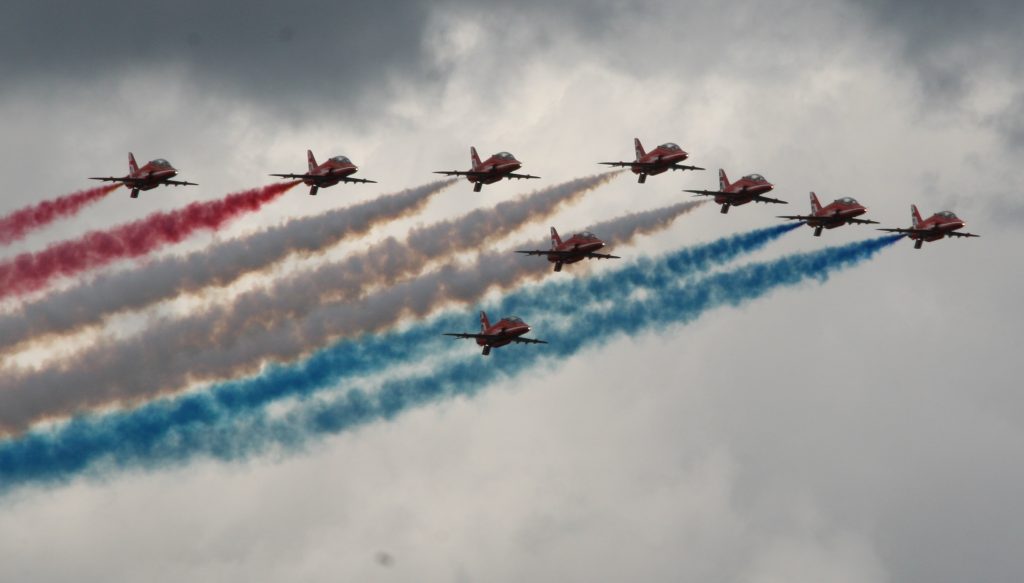
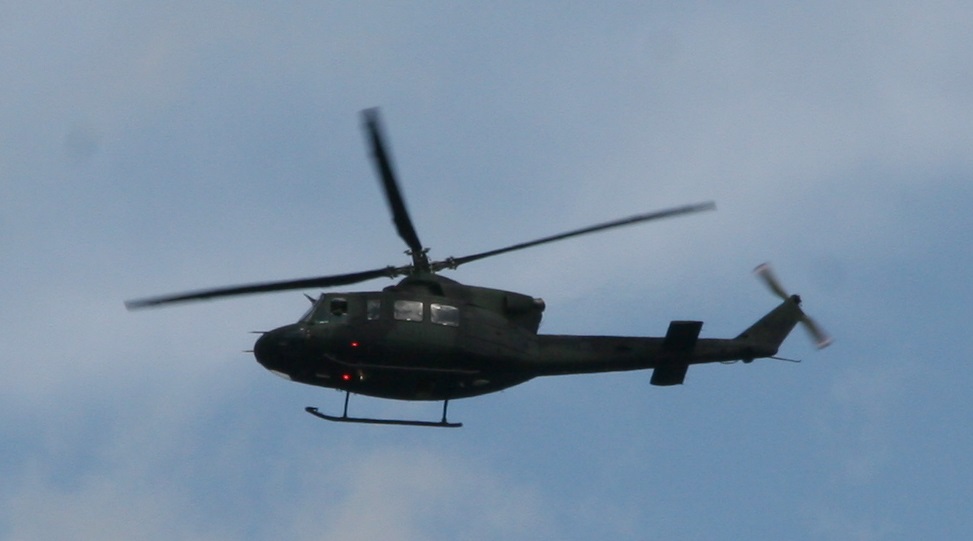
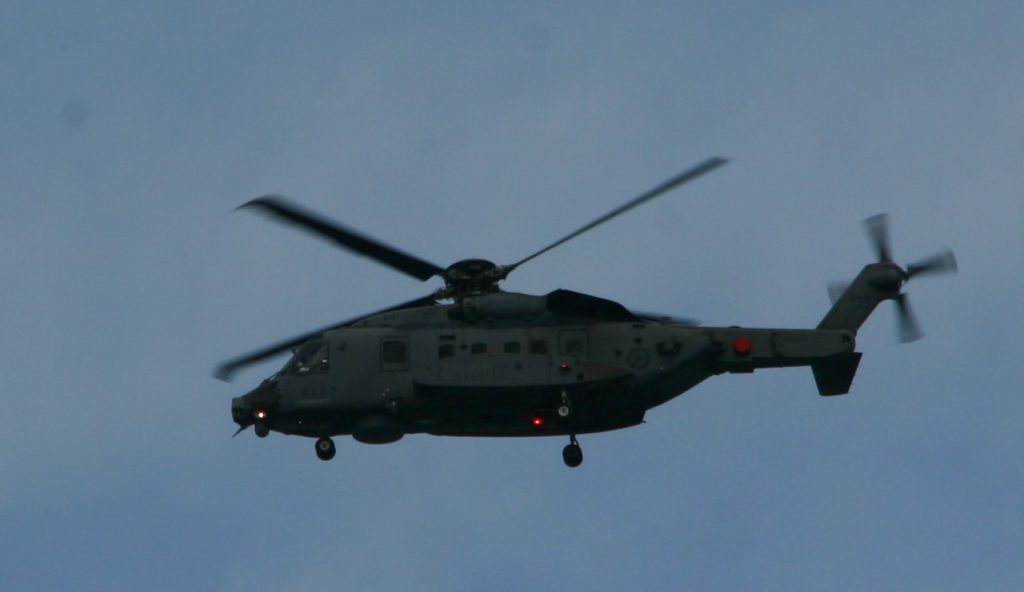
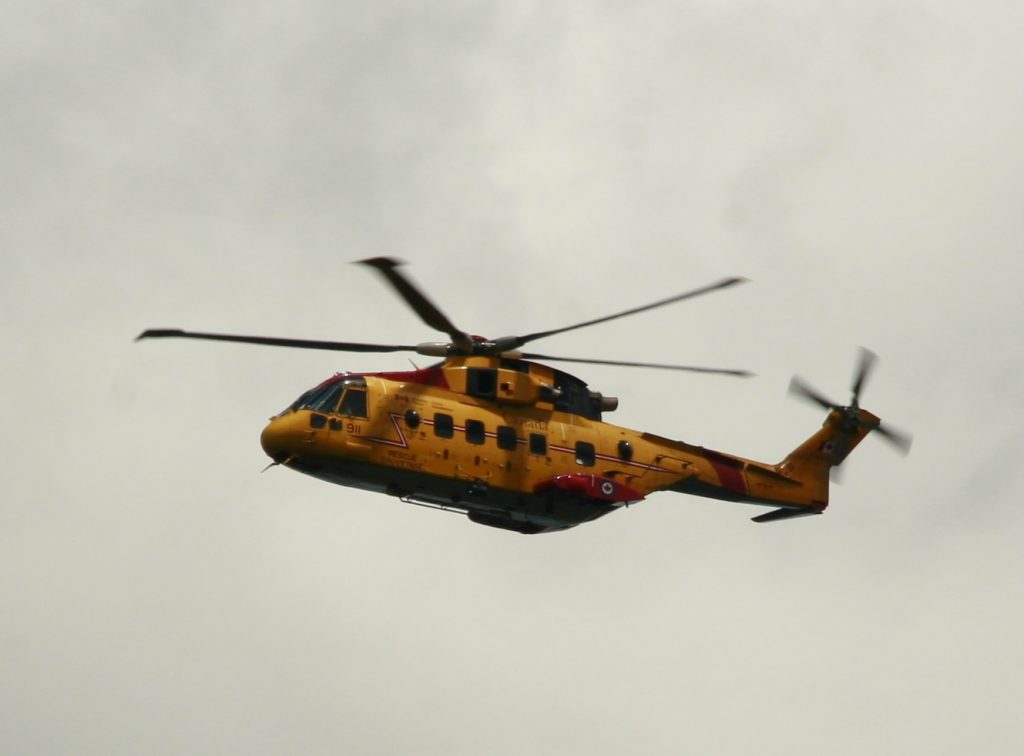
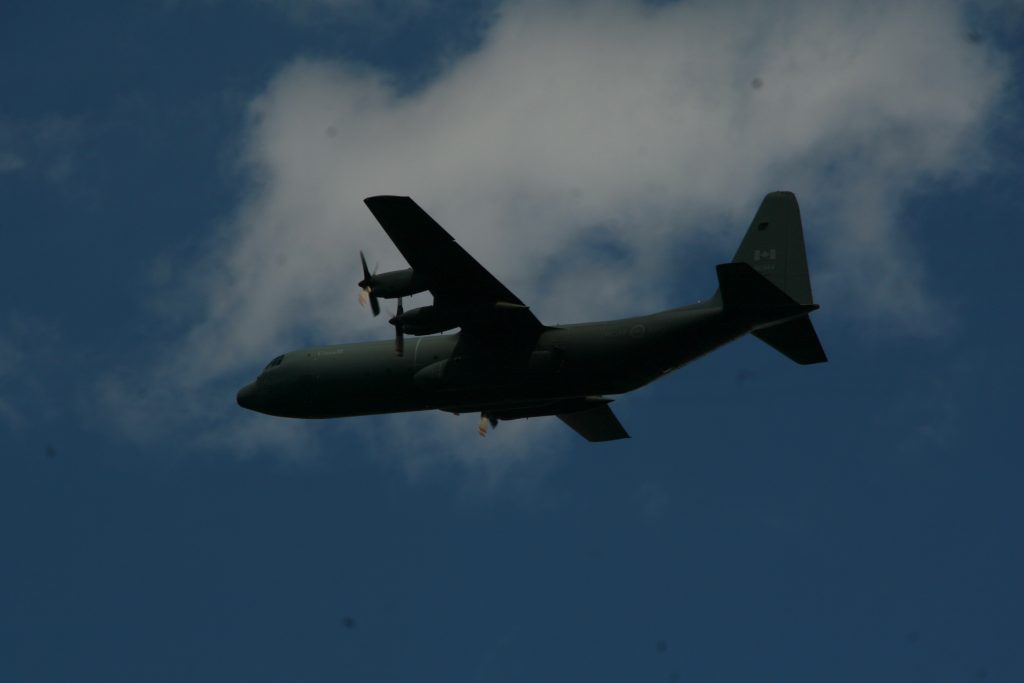
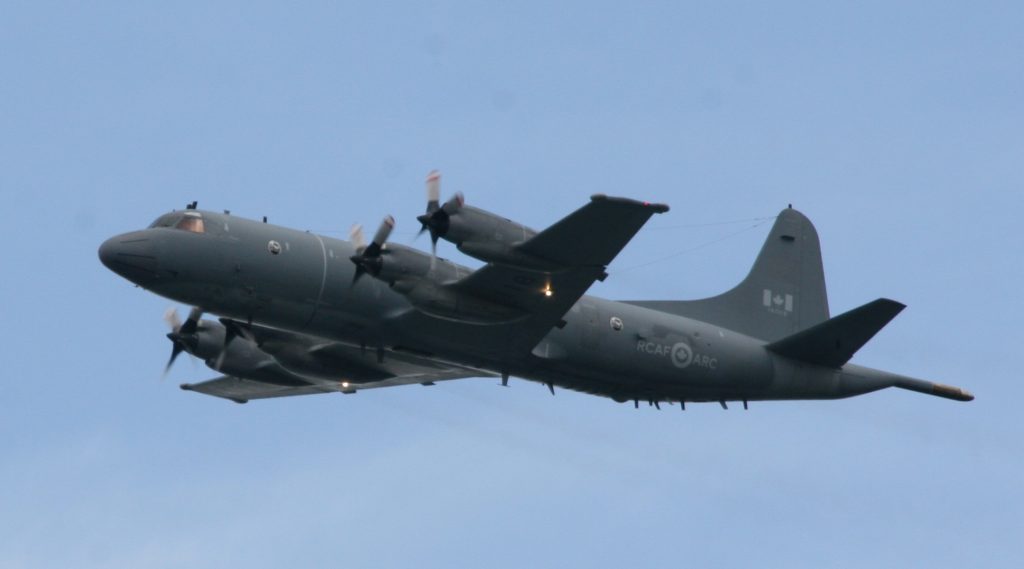
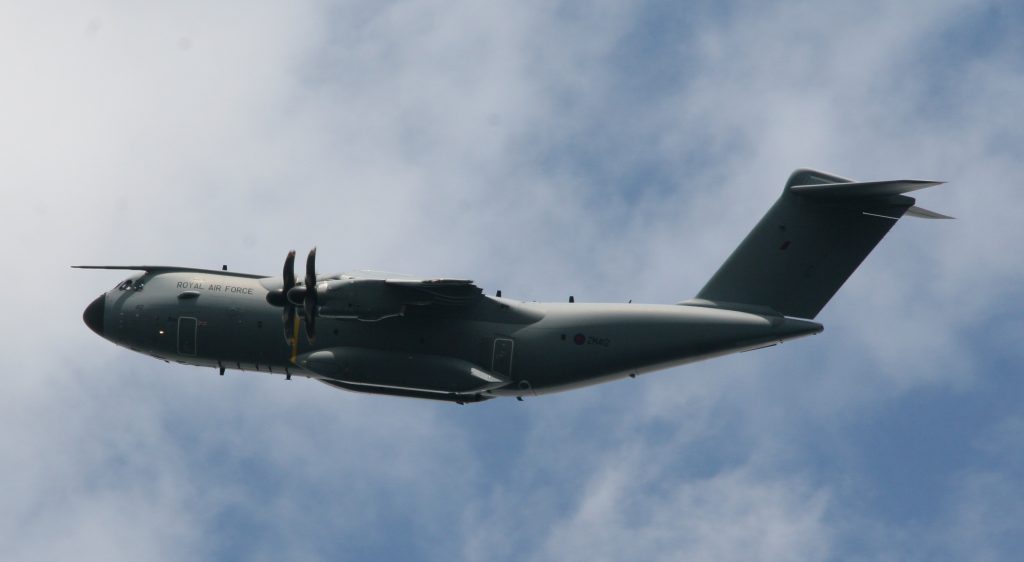
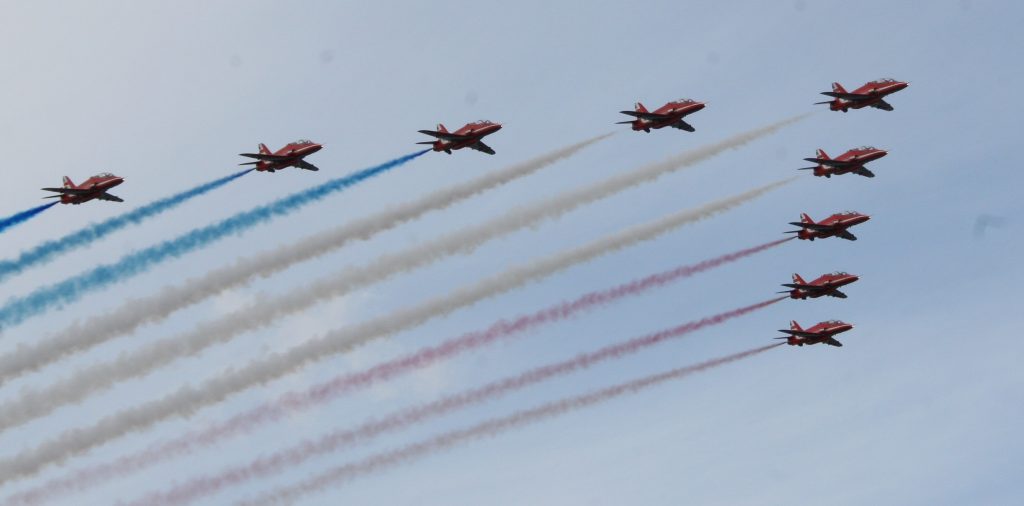
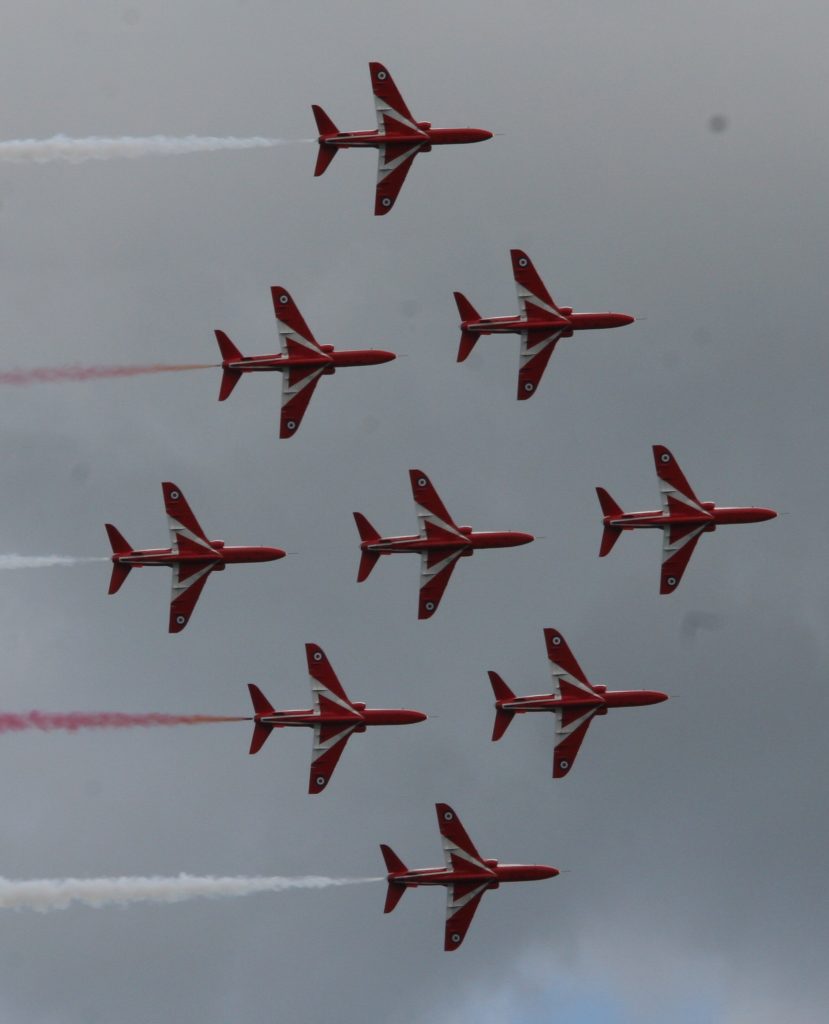
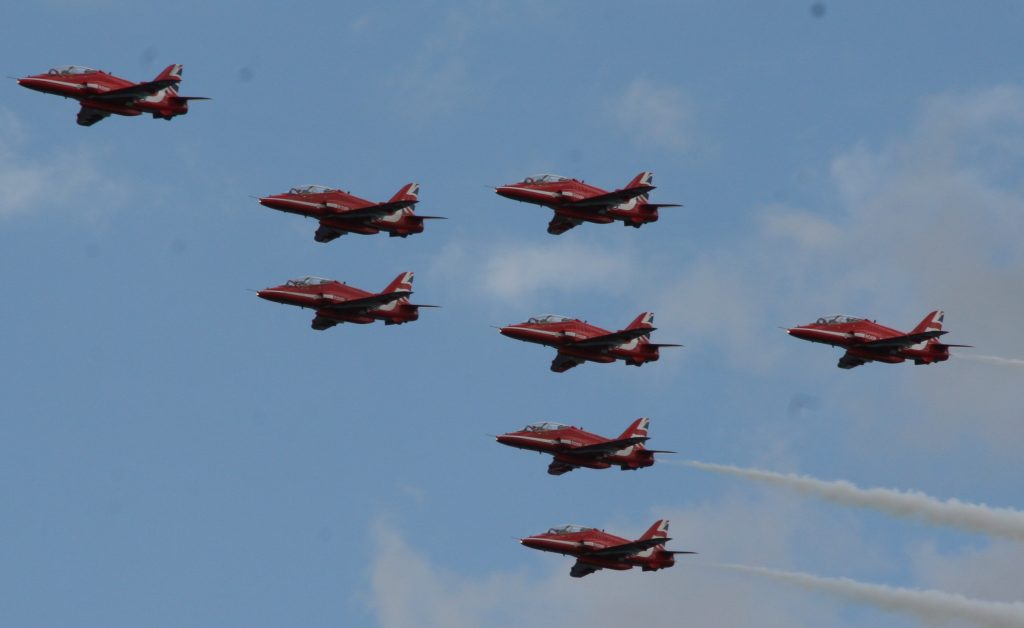
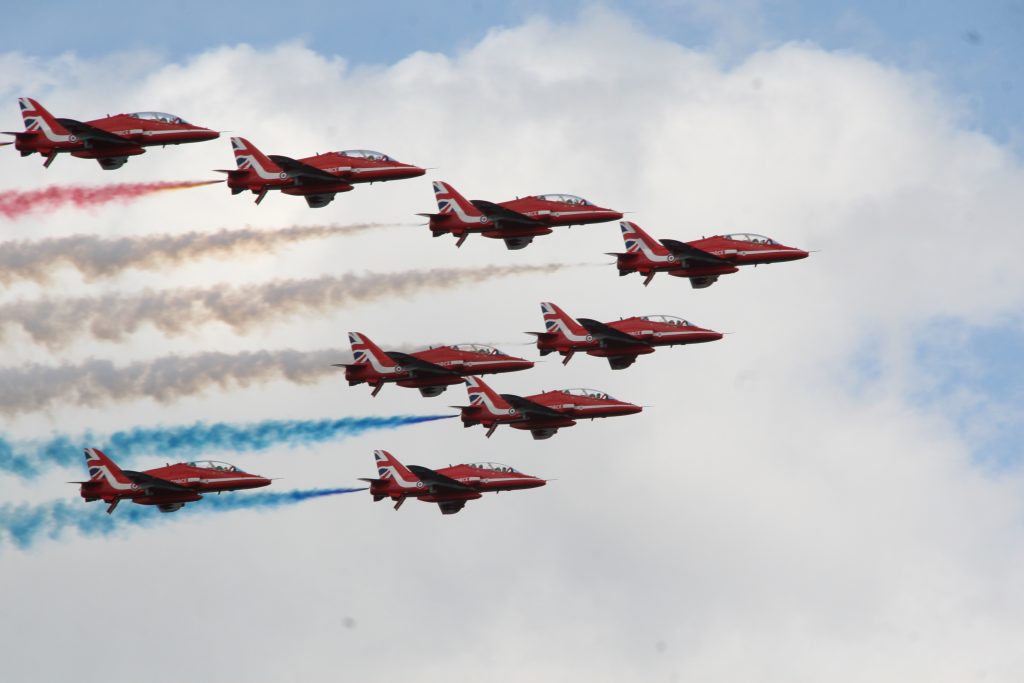
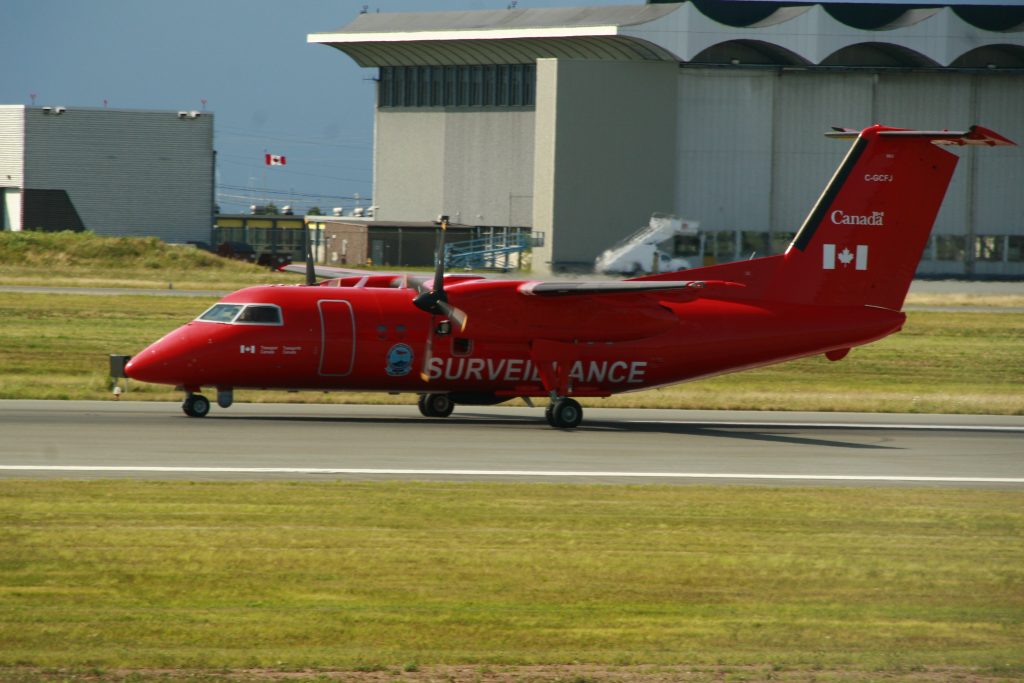
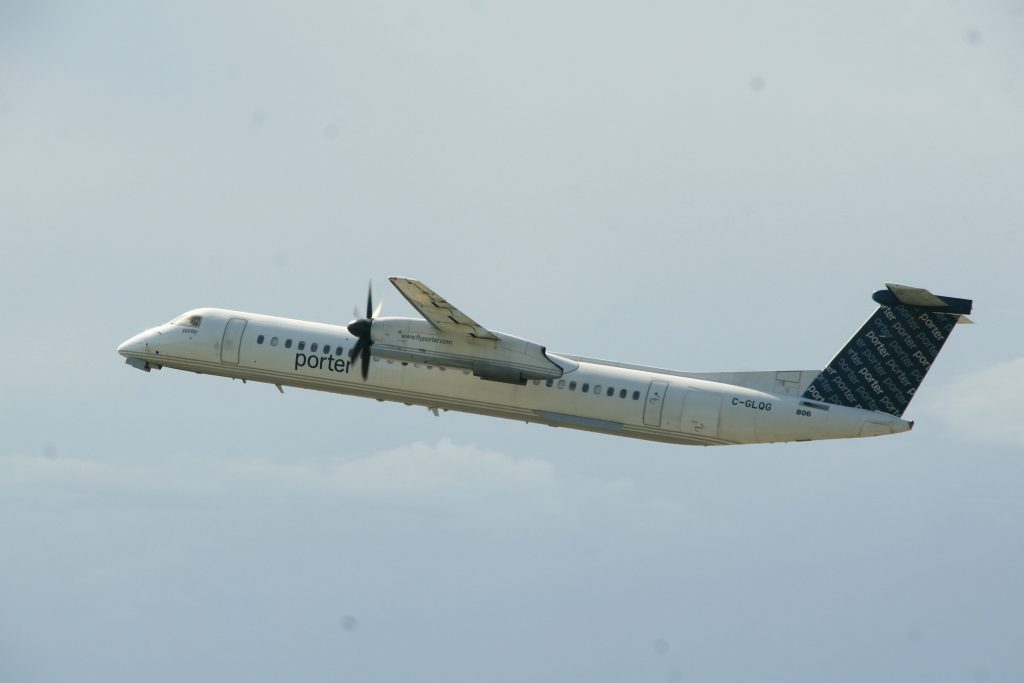
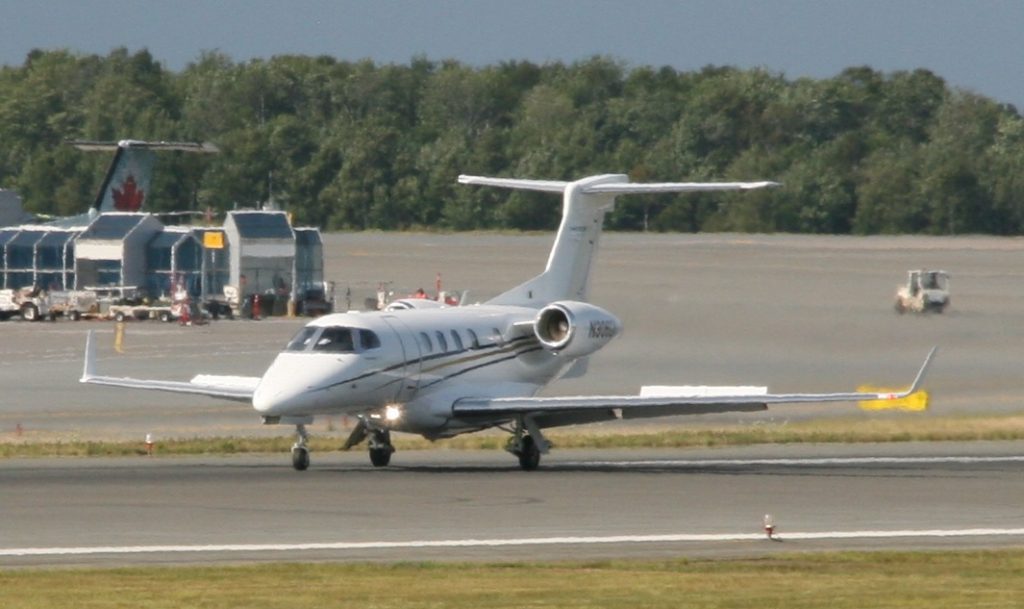
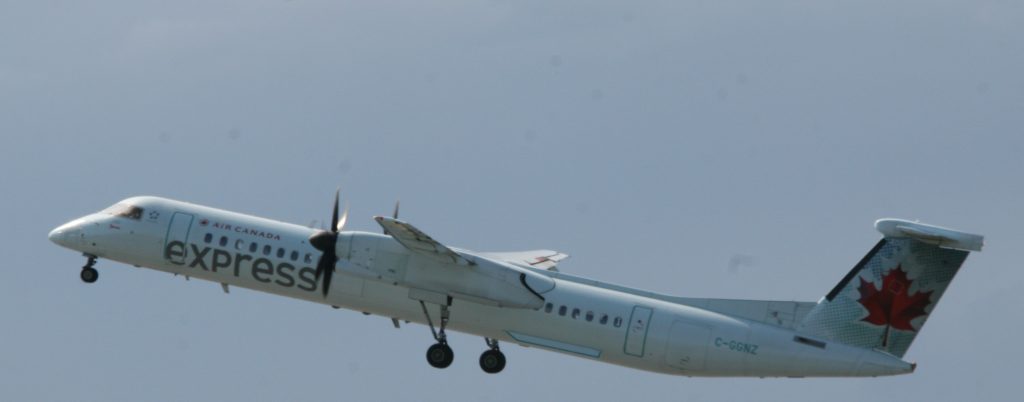
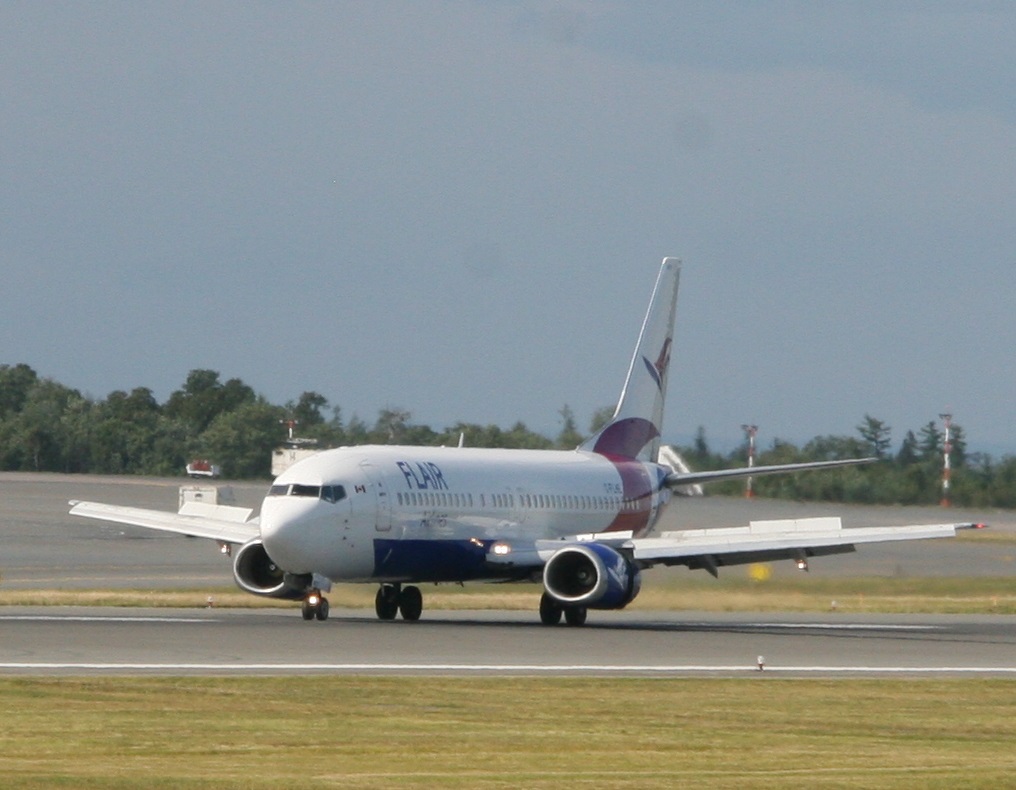
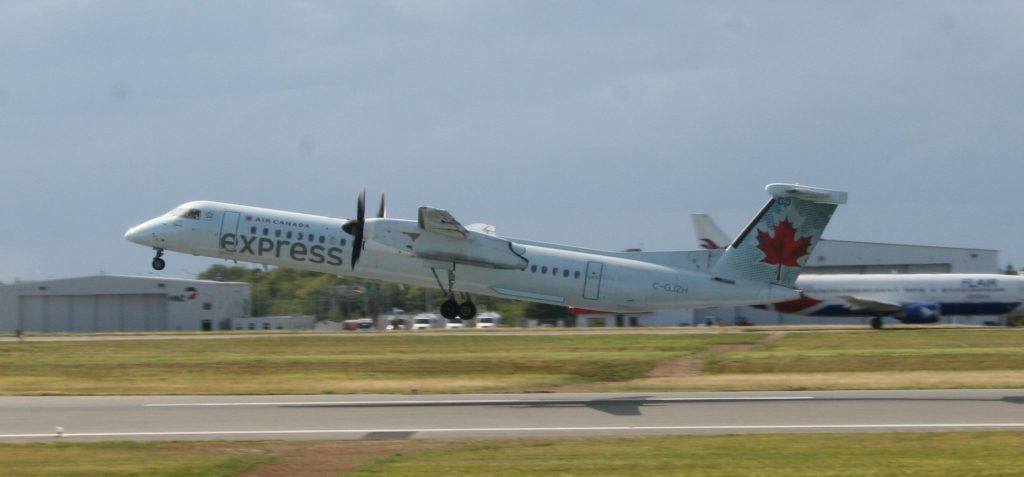
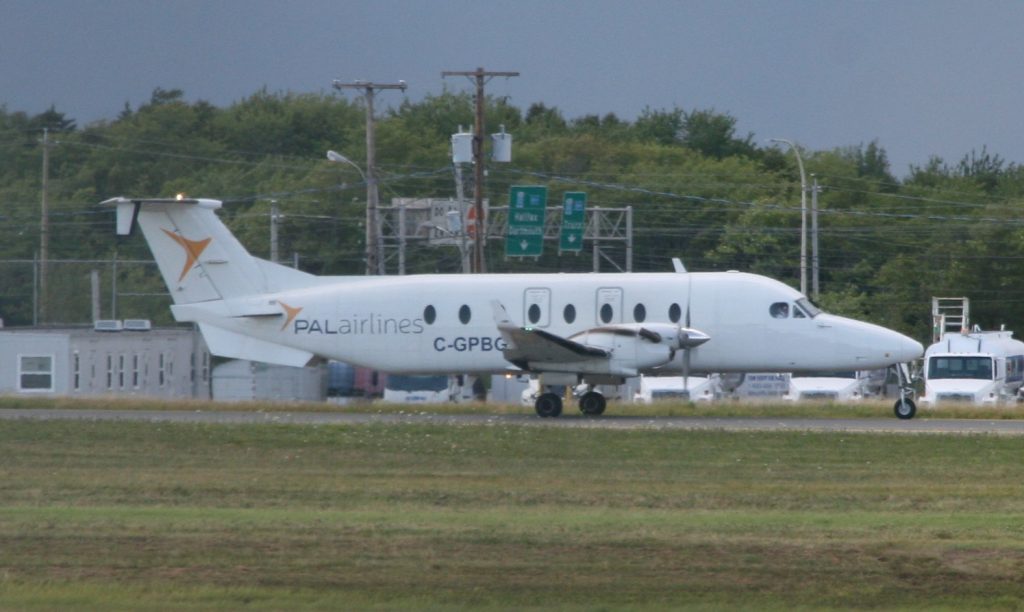
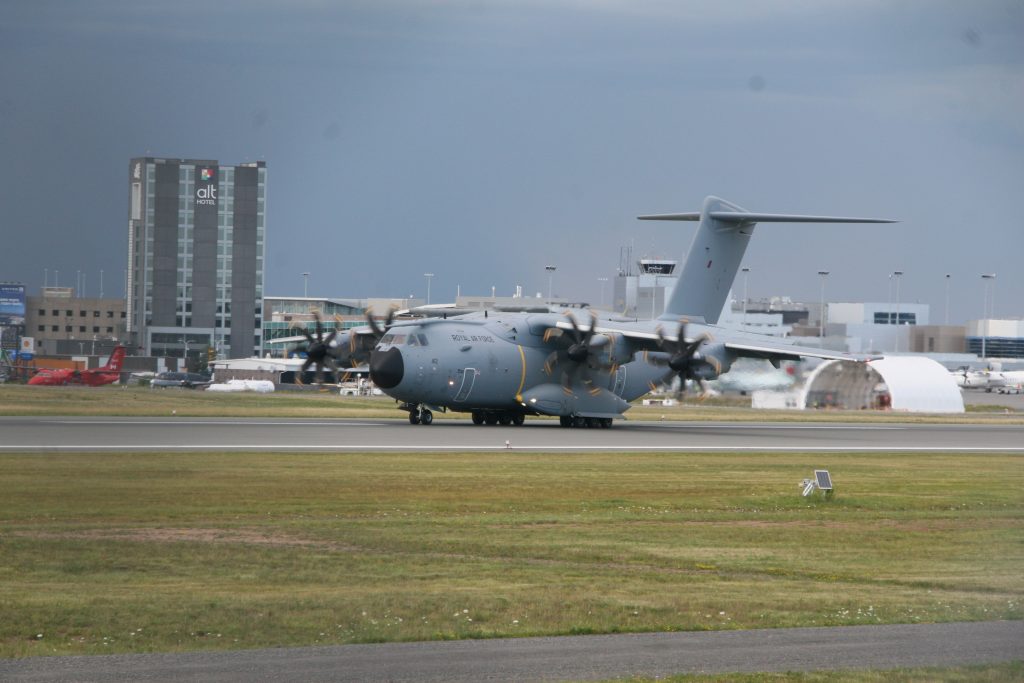
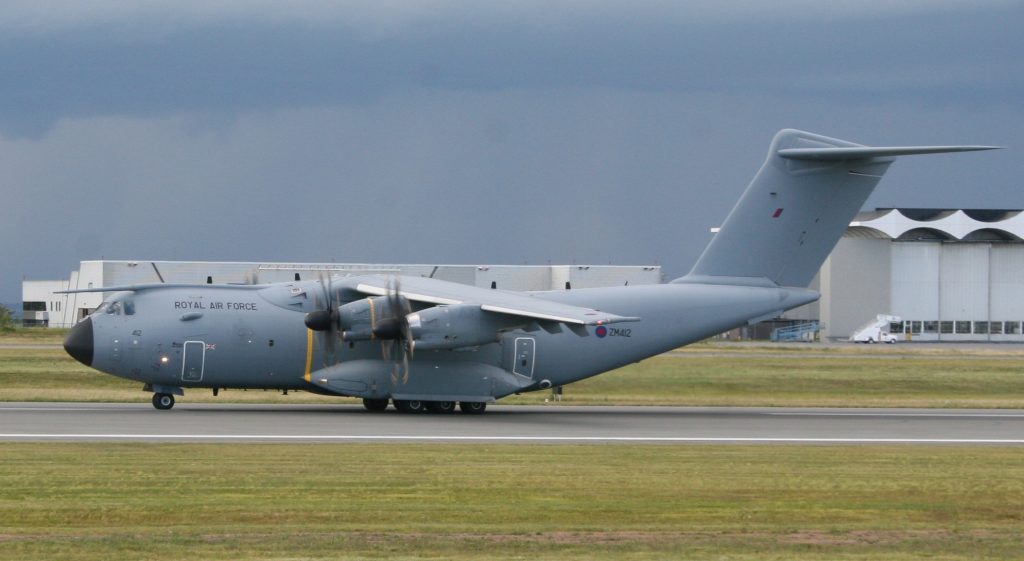
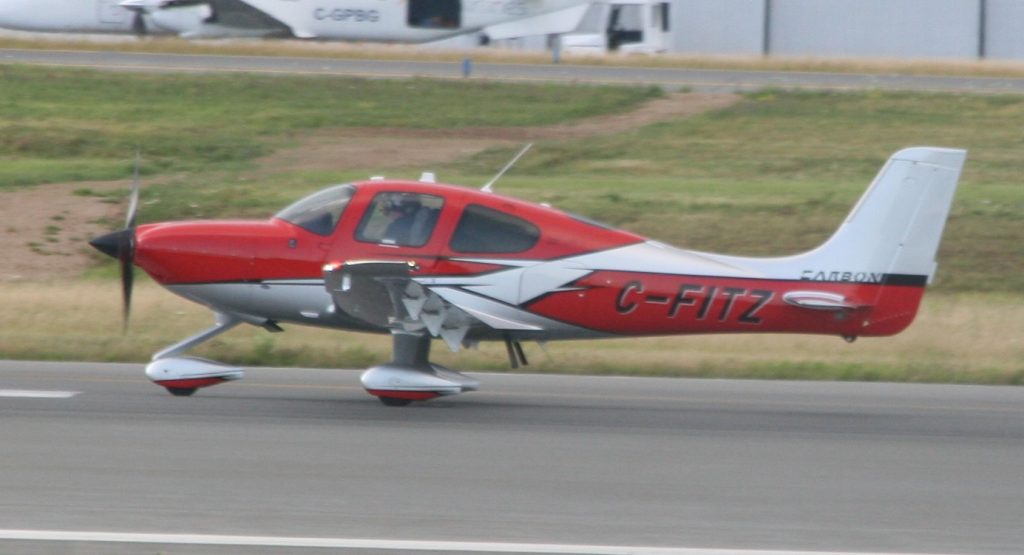
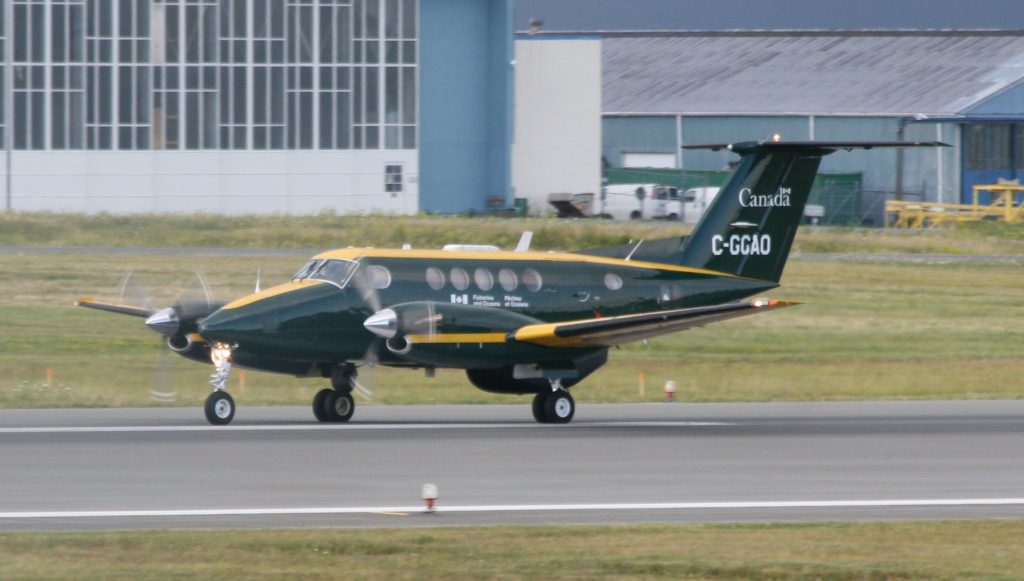
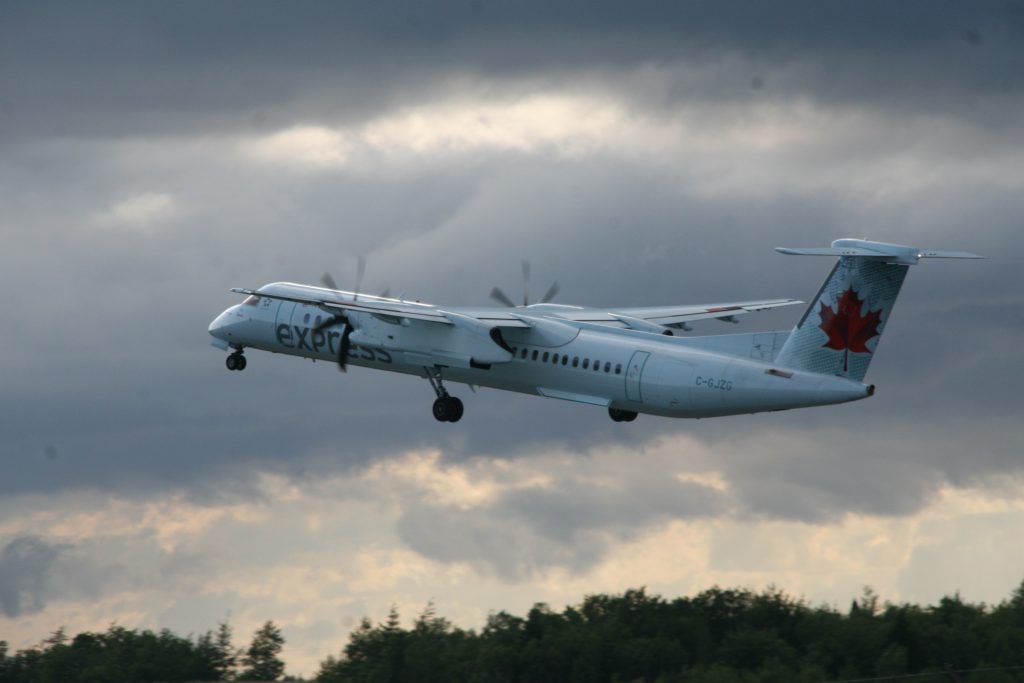
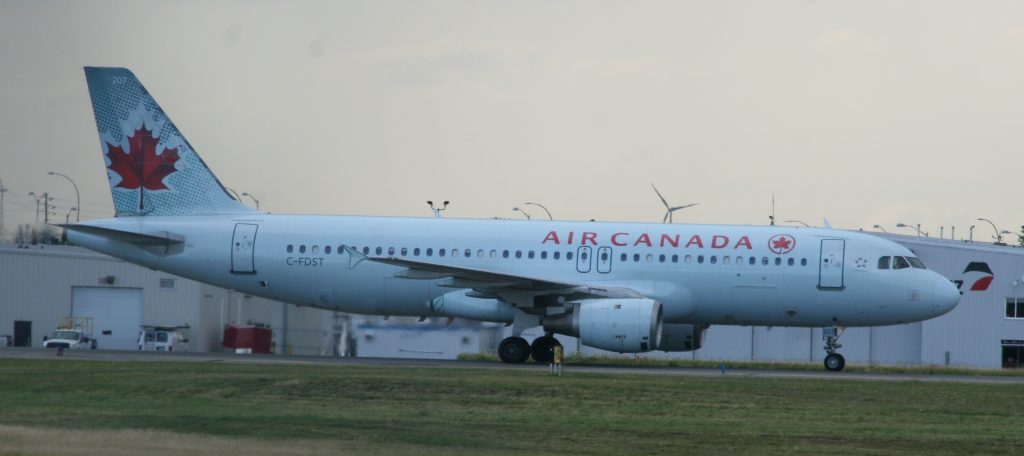
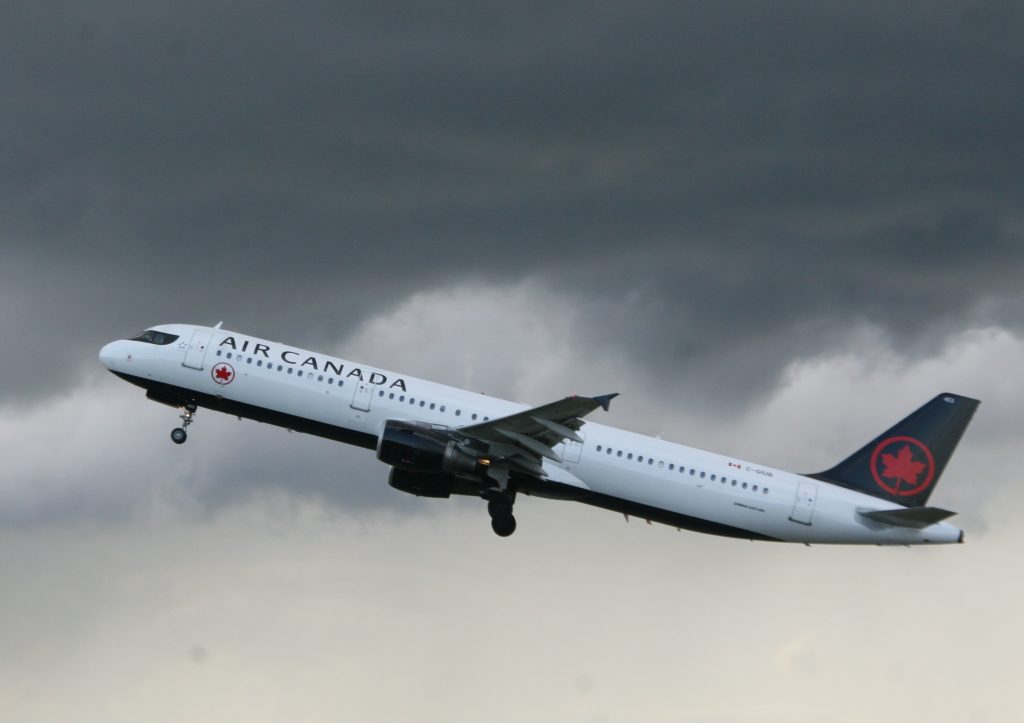
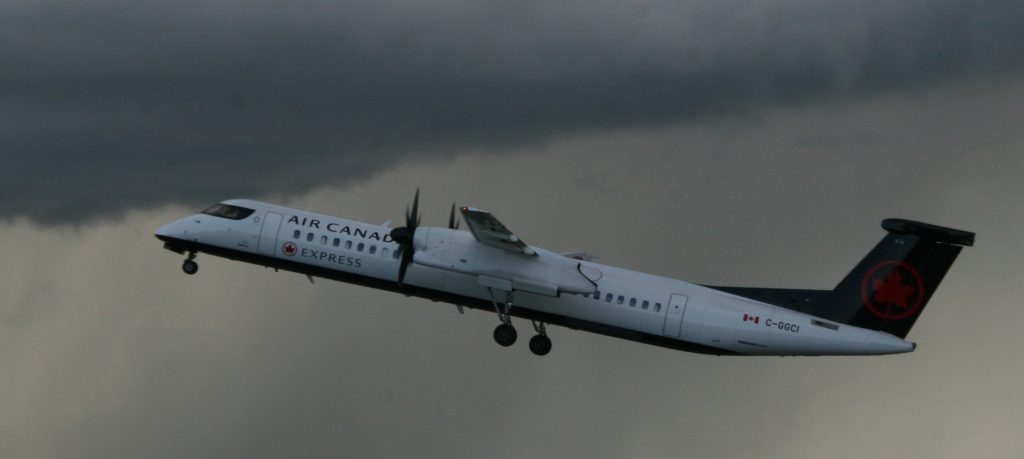
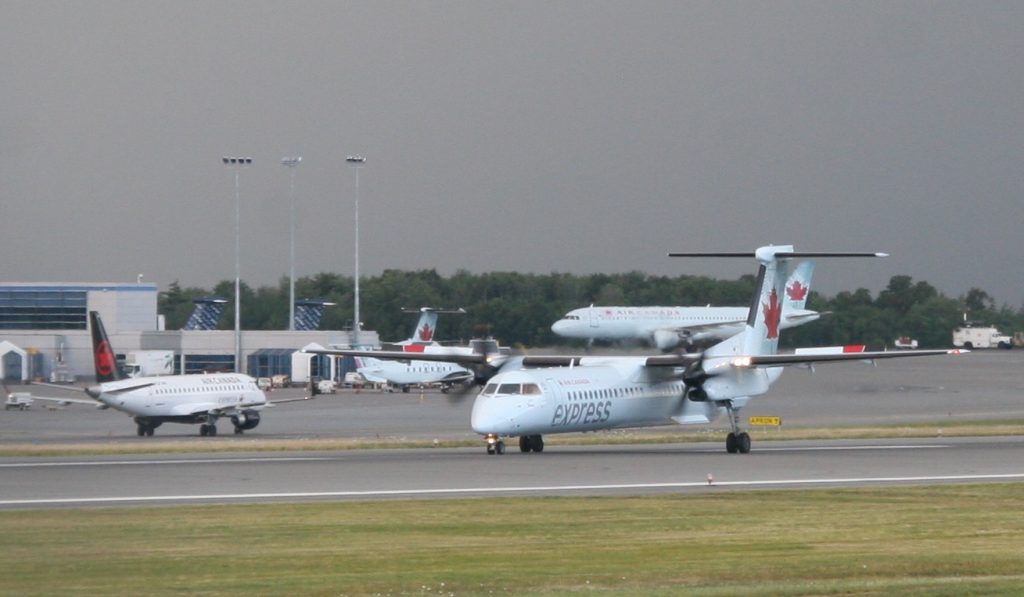
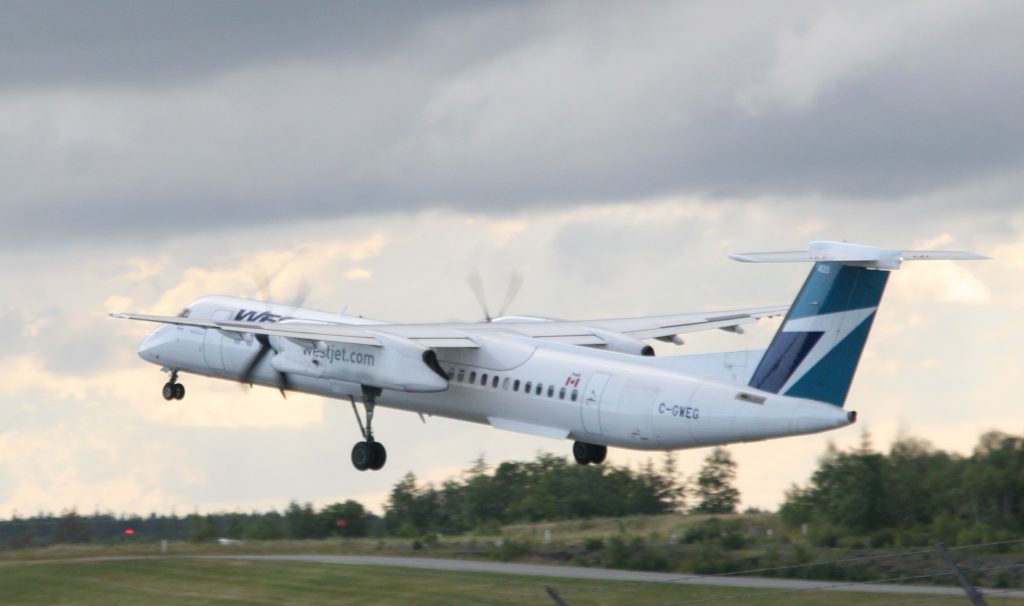
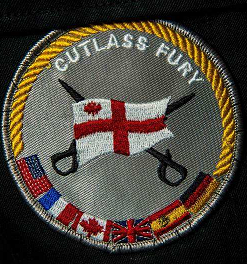
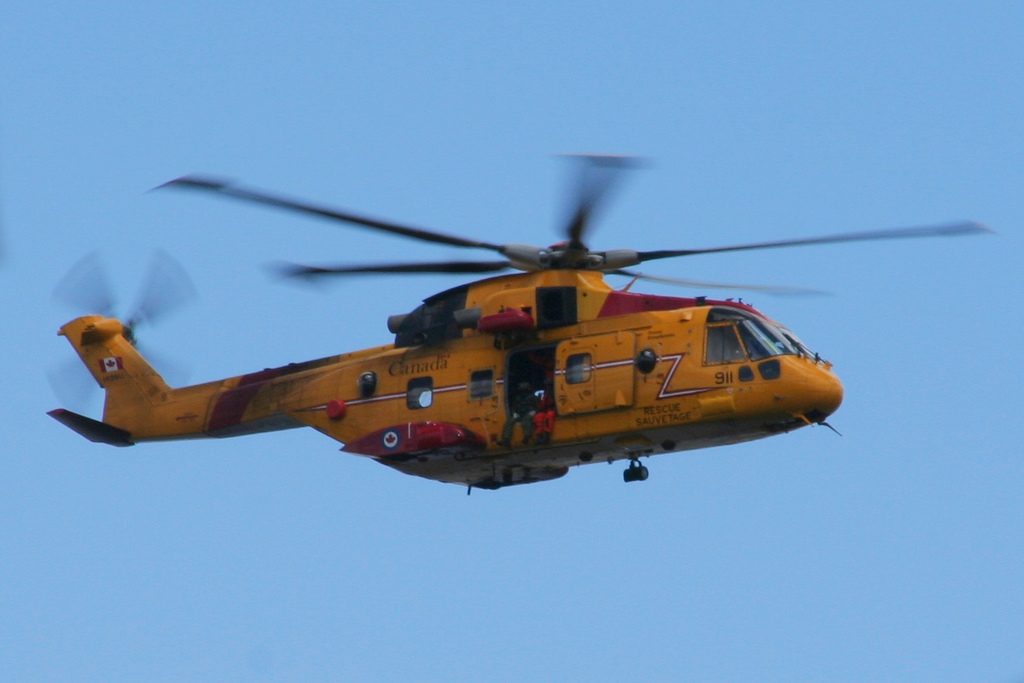
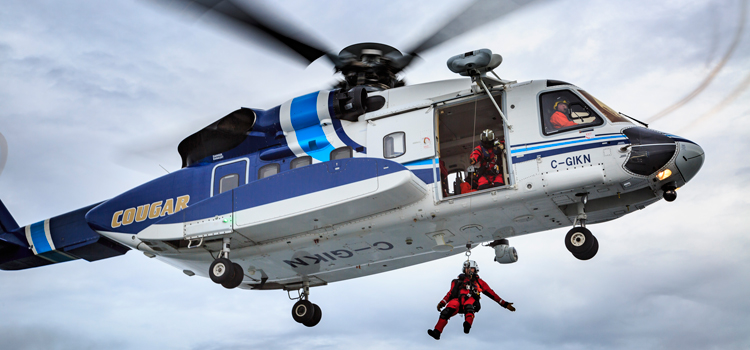
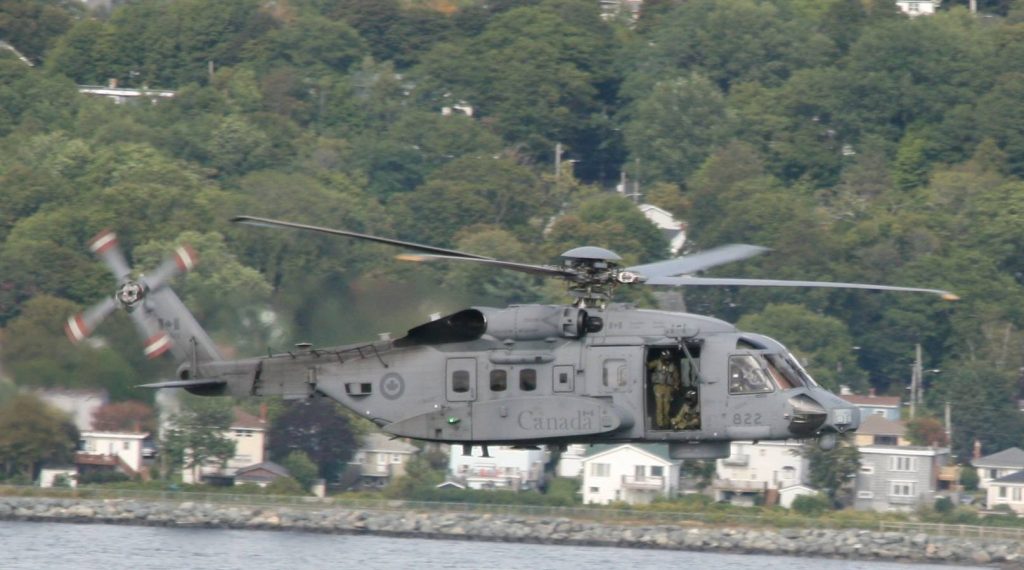
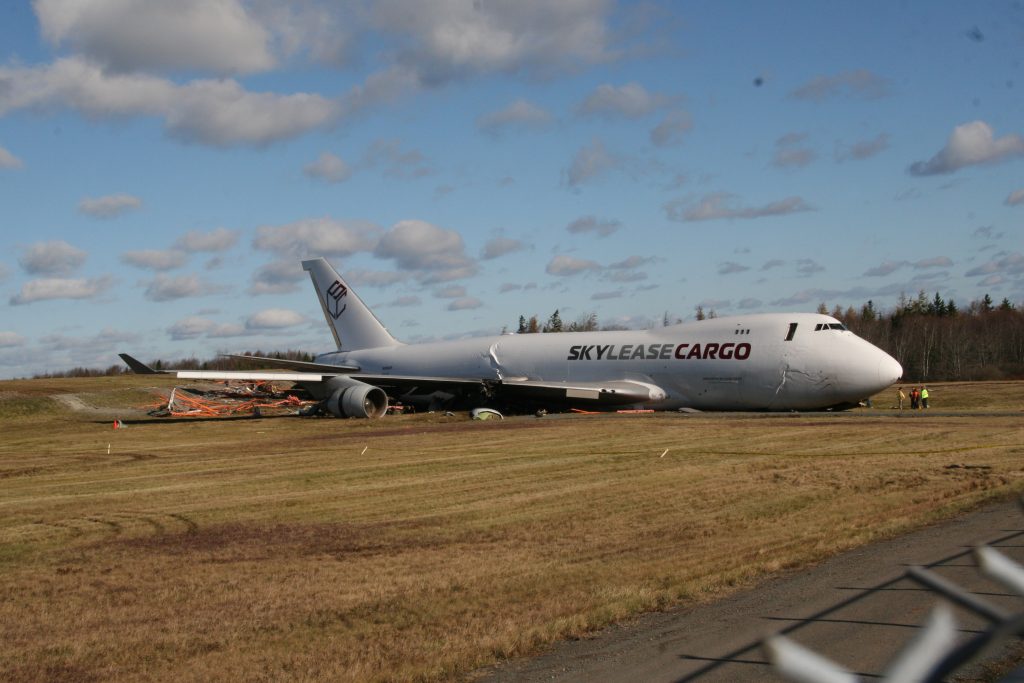
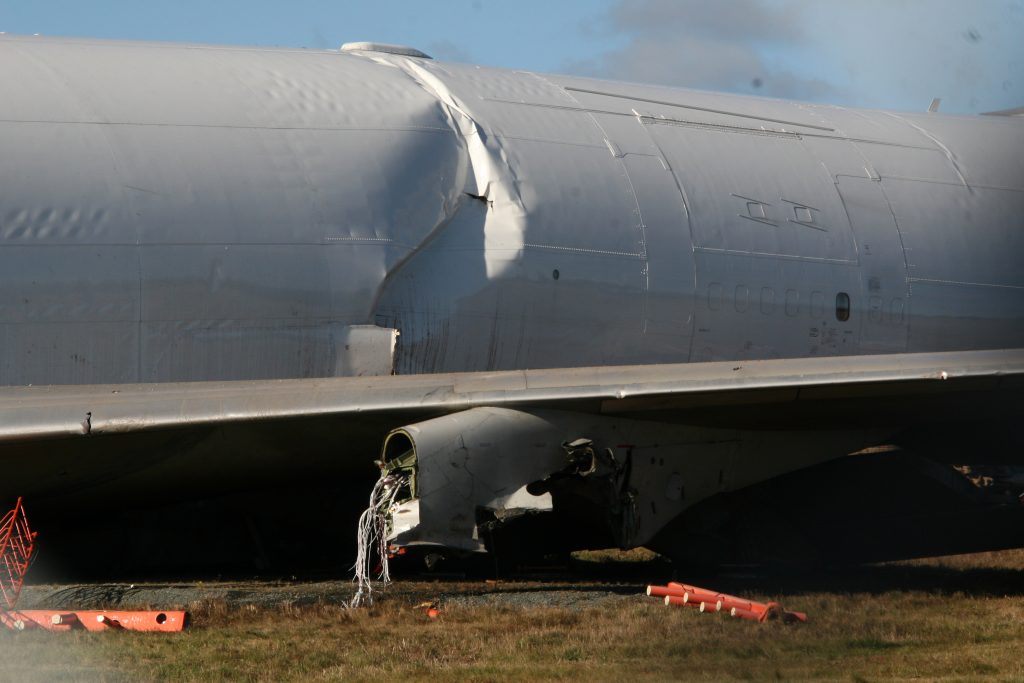
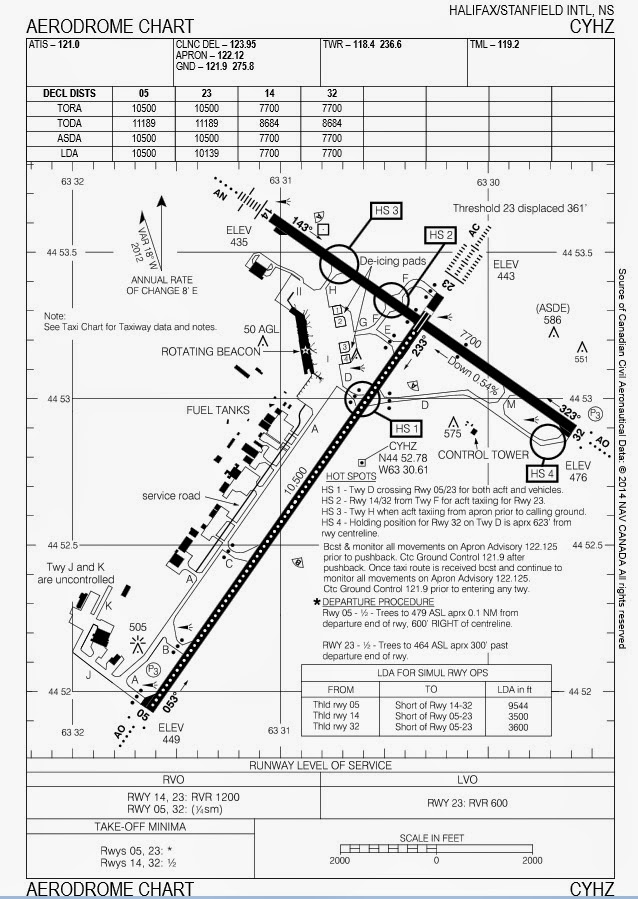 in 2004, another cargo plane, also a 747 crashed on takeoff.
in 2004, another cargo plane, also a 747 crashed on takeoff. 
